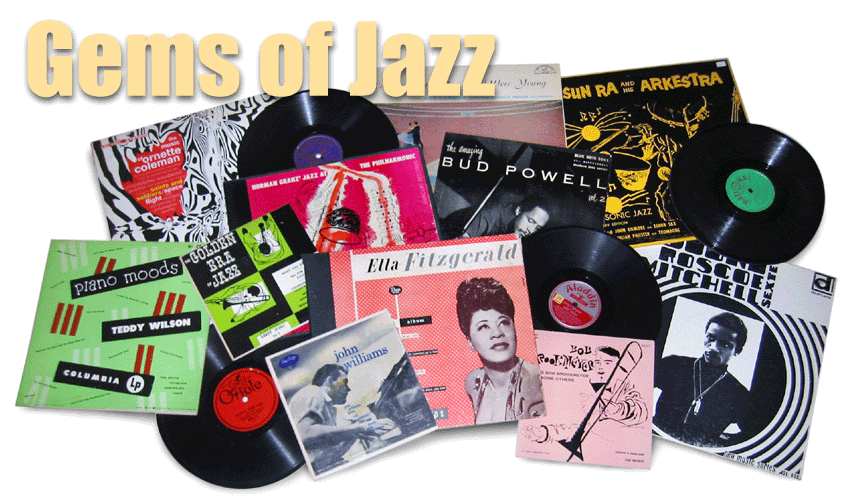This offering comes from an eBay two-fer sale that had a pair obscure John Graas recordings for one low price. A sucker for a bargain, I bid on and won the two discs, one of which is featured here. What did I know about Mr. Graas before I won the auction? Aside from his name, very little.
Turns out Graas studied with Lennie Tristano, that most pedagogic of pedagogues, did concert tours with Stan Kenton and got his start with the pioneering big band of Claude Thornhill. He also gigged with the Indianapolis Symphony and played under Serge Koussevitsky at Tanglewood in the Berkshire Mountains. As you might suspect, he was classically trained and incorporated classical influences into many of his jazz compositions. A Third Streamer he wasn't, but he occasionally crossed that line. He was also Metronome magazine's poll-winner in 1955 in their Miscellaneous Instruments category. The French horn was indeed a miscellaneous ax in those days. Maybe today, too.
So here's John Graas' first Decca release, the initial album in their "Jazz Lab" series, a project they hoped would "act as an incentive for young writers and jazz men to create more individually and freely than ever" (can you imagine a mainstream label embarking on such an endeavor today?). The company claimed that music students could write to Decca for the sheet music to many of the tunes heard here. For the price of a couple of stamps, fans could get copies of John Graas' lead sheets, which seems like a very thoughtful service. Wonder if they actually ever did it?
Included in the ensembles here are the cream of the West Coast's jazz crop – Jimmy Giuffre, Bob Enevoldsen, Dave Pell, Curtis Counce, Don Fagerquist, Howard Roberts, and many others. The music, I confess, is a bit academic in places, a bit too classically conceived for my taste. But some of the other compositions are delightful swingers, and the soloing is top-notch throughout. Mr. Graas himself is especially effective.
These files, as always, were created right from the original 61-year-old vinyl. A word of warning – there's a bit surface noise throughout Nothing too distracting, but it's there occasionally. I think the music will overwhelm whatever minor aural deficiencies are there. Enjoy!
Jazz-Lab-1
John Graas
John Graas, fr hn, arr; various groups including Herb Geller ("Bert Herbert"), as; Bob Enevolden, tbn; Dave Pell, ts; Jimmy Giuffre, Ronny Lang, bar; Marty Paitch, Claude Williamson, p; Red Norvo, vbs; Howard Roberts, g; Curtis Counce, b; Larry Bunker, d.
November 28, December 12, 1955; January 9, 1956; Los Angeles, CA; Decca DL 8343
1. Minor Call (Graas)
2. Mozartesque (Graas)
3. Le Chasse
4. Friar Tuck (Graas)
5. Canon Ball (Graas)
6. Pick Yourself Up
7. Andate (Graas)
8. Allegretto (Graas)
9. Softly the Horn Blows
10. Lighthouse 6/4 (Graas)
Find it here: https://www.mediafire.com/?029qp6r634y27ms




It´s an amazing blog.
ReplyDeleteThanks for all the albums posted.
Hugs
Glad you've found the stuff here of interest, Carlos. Check back every now and again. More to come!
DeleteThis quite a lineup.I know significantly more about the other players.I see Graas passed away young.I will be very interested to hear this album.Thanks!
ReplyDeleteHope you enjoy it, Doug. French horn was definitely an unusual instrument in Graas' day.
DeleteBut some of the other compositions are delightful swingers, and the soloing is top-notch throughout. rock music blogs
ReplyDeleteTop notch, indeed. These guys were pros, regardless of what one might think of the album's "swing" credentials. Thanks for weighing in, JM. Hope you find other things of interest here.
Delete